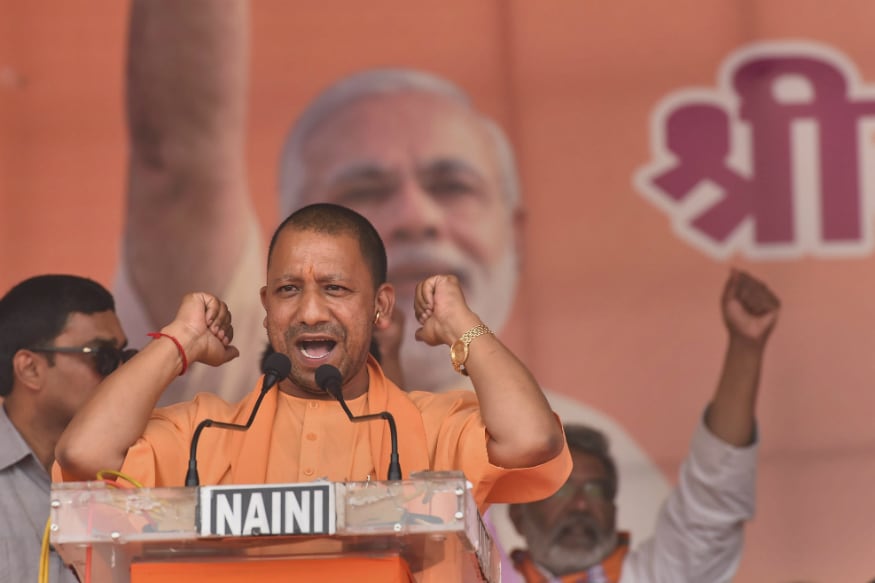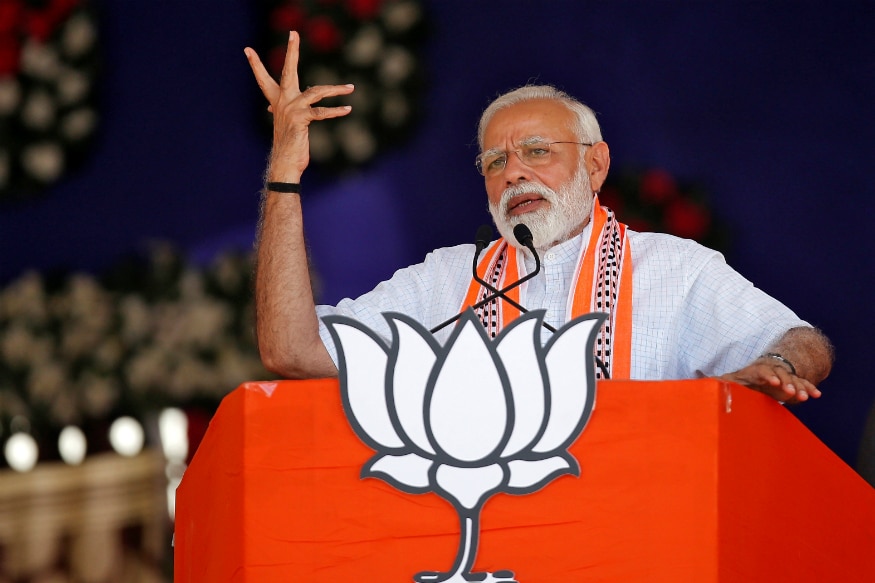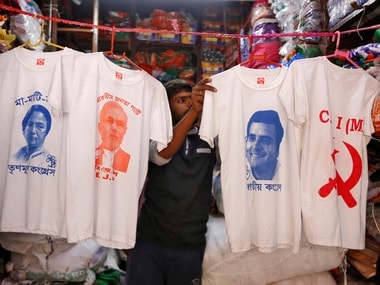NBFCs must pursue a more strategic approach to fraud management within, and they need to be stricter and take focused steps.
Ramaswamy Venkatachalam
Indians have embraced digital transactions massively and are swiftly switching to expedient ways of non-cash payment methods. In the past two years, there has been an increase in adoption of digital instruments with businesses – right from street vendors to the high-end stores - accepting cards and other convenient ways of making payment. Online payments through Unified Payments Interface (UPI) have also eased the transfer of money between different bank accounts instantly.
Even as we observe this incredible shift in digital transactions in India, customers are beginning to learn the dos and don’ts of sharing personal information and apply caution in protecting their personal data and ensuring privacy of their account details and other information.
A survey conducted by FIS discovered that 96 per cent of Indian consumers who adopted digital transactions felt they had fallen prey to fraud last year. Now this may not be directly indicating they are actual victims, but since there is a new usage adoption there may be many factors that convey such a perception which needs to be addressed in order to ensure the continued growth of digital transactions. The report also says that the adoption of apps by one’s financial institution has gone up by 83 per cent.
The NBFC sector has witnessed exponential growth over the last decade - however, a growth that has not been without its pitfalls, as incidents of fraud have also been on the rise. The time has come for NBFCs to pursue a more strategic approach to fraud management within, and they need to be stricter and take focused steps.
There is need for greater transparency at all levels in organizations to reduce frauds. In today’s economic environment, the prospect and incentive to commit frauds have both amplified. With developments in technology, frauds have taken the shape and modalities of organised crime, deploying increasingly refined methods of perpetration. As financial transactions become more and more technology-driven, they seem to have become the weapon of choice when it comes to defrauders.
NBFCs provide an array of monetary advises like chit-reserves and advances. They have become a very important part of India’s GDP accounting for 12.5% . Of late, India has been observing a massive shift in consumer leverage and these non-bank bodies have been growing this lending faster than banks.
Furthermore, as newer business models of the NBFC evolve, the regulations governing the NBFCs must evolve too. For NBFCs to thwart frauds and scams, the regulatory framework must succeed in walking the thin line between under-regulation and over-regulation. With this objective, the Reserve Bank of India (RBI) has brought about a wave of reforms in the NBFC regulations. Regulations for NBFCs have been constantly fortified to bring them at par with the global standards.
The NBFC sector has evolved considerably in terms of its size, function, technological development, and entry into newer areas of financial services and products. NBFCs are now profoundly interconnected with entities in the financial sector, on both sides of their balance sheets. Being financial entities, they are as exposed to these risks as banks. Conceding the risk factors relevant to NBFCs, the RBI has issued a circular on reporting of frauds. The circular states a road-map akin to the one for banks. Similar to the banking sector, the circular has fixed the liability of averting frauds on NBFCs, subjecting them to uncertain financial risks.
UPI is a fairly new player in the payments space. It was launched in August 2016 with 21 partner banks. The platform has seen dramatic growth ever since and there are over 144 banks on the platform and nearly 800 million transactions a month although a significant number of them are still peer to peer transactions. The mix of merchant transactions is also steadily increasing. With non-bank players (NBFC) handling huge transactions in today’s time and going by the growth and trends, UPIs are here to stay. Therefore, better fraud detection systems need to be in place.
All NBFCs which join the UPI network as an issuer can facilitate their consumers to use UPI Payments Service Provider (PSP) apps and transact through UPI. The bank requires supporting IMPS, an instant settlement payment product of The National Payments Corporation of India (NPCI) and also support any disagreements arising in transactions. While a lot of banks also have their own PSP infrastructure, it is not obligatory for banks to act as PSP. Issuers also give a guarantee deposit to NPCI as security to function in the network.
In the end, NBFCs have carved a niche for themselves in India’s financial sector and hence should follow all protocols to enable secure transactions for their consumers.































































